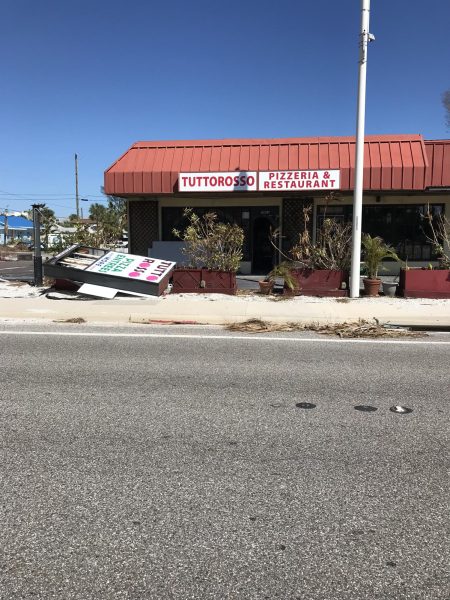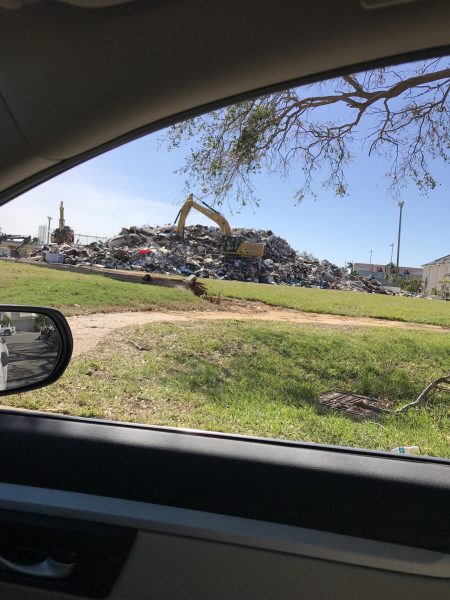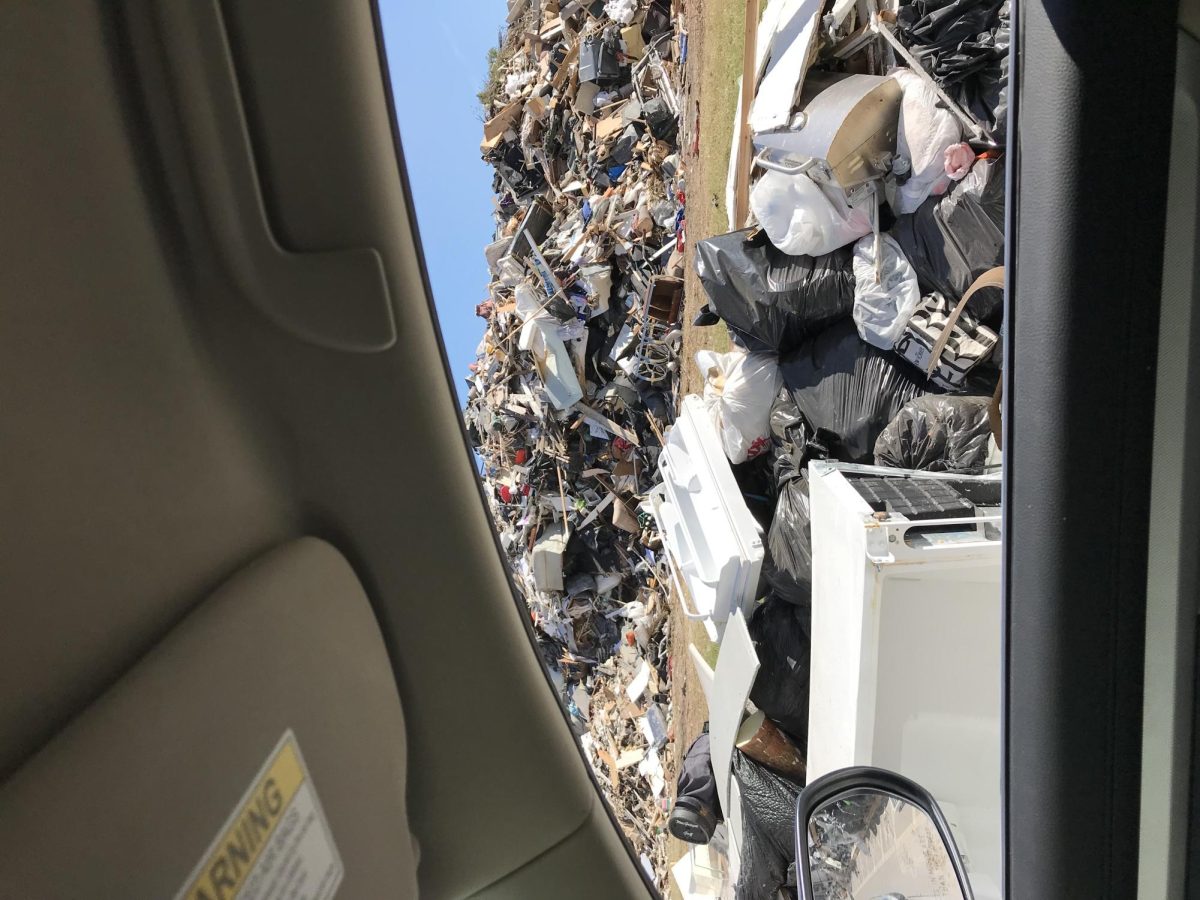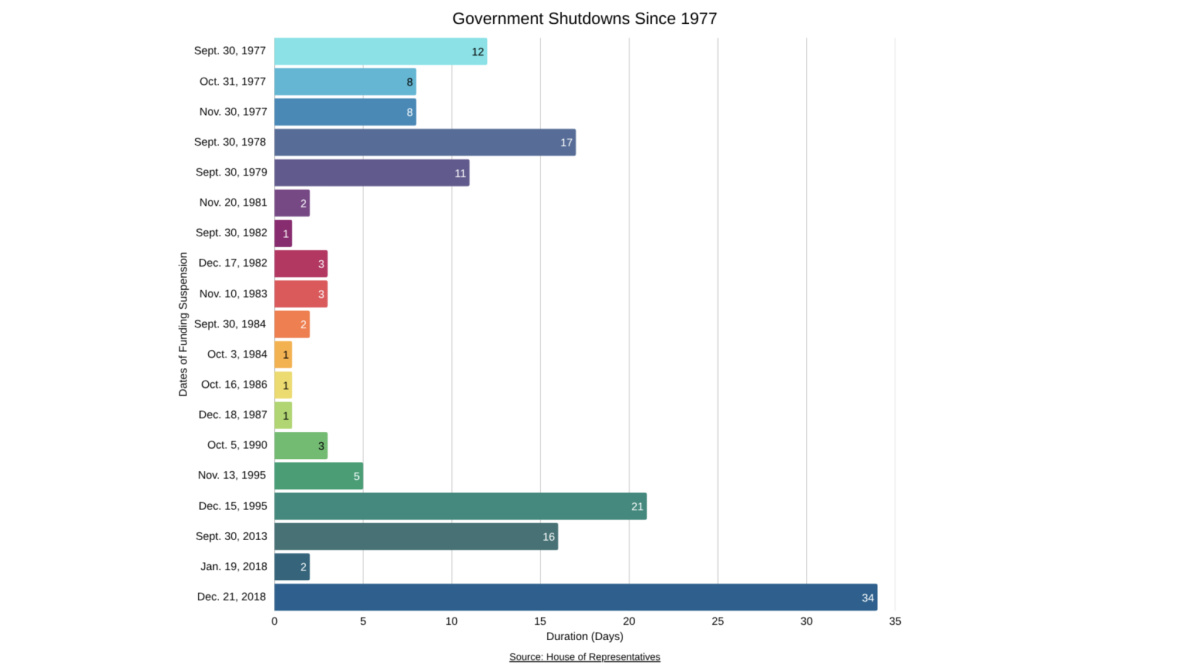For decades, Florida has been the target of ruthless hurricanes, and with increased global warming, the tropical storms have only worsened. Hurricane Milton struck just two weeks after category 5 hurricane Helene hit Florida, leaving the state no time to recover. As a result, Milton caused multiple casualties as well as irreparable destruction to infrastructure.
The Weather Channel reported that on Oct. 4, a storm began to form around the Gulf of Mexico, and was named Tropical Storm Milton. 24 hours later, it officially became Hurricane Milton. From this point forward, the storm only worsened, and was one of the nine Atlantic hurricanes to hit the wind threshold of 180 mph.
On October 9, Milton eventually reached Tampa Bay, Florida, bringing strong wind gusts as well as heavy downpours. Milton caused more than 20 reported tornadoes across southern and central Florida. In addition to this, many flash flood warnings were issued prior to the arrival of Milton. Tampa Bay exceeded its 100-year monthly rainfall record in just one day, receiving more than 11 inches of rain.
CNN reported that due to the large amount of destruction caused by Hurricane Milton, it could become one of the most costly hurricanes in US history. Losses from the hurricane could reach almost 34 billion dollars, with a large percentage from uninsured flood damage.

The article outlines that most home insurance policies do not cover flood damage and only cover damage from winds. Due to the unnatural storm pattern, much of the damage caused by Milton was a result of flood water.
This relates to another problem, which is the issue of insurance companies falsifying damage reports and deceiving customers. 60 minutes filmed a report about the fact that this happened in Florida after Hurricane Ian.
Insurance companies were changing damage reports, from ones written by the adjusters, and lowering the final amounts; sometimes up to 98%. Adjusters claimed their clients should have been owed much more money in repairs compared to what the final reports declared.
This was a deliberate scheme plotted by around six carriers in Florida, and companies were asking adjusters to do something illegal, and stay silent. They were betting on the idea that none of their clients would go through the process to hire lawyers and file lawsuits.
Florida has opened an investigation on this issue, but at the moment, no arrests have been made. This means that currently in Florida, the problem still may be occurring, and could be a great issue, especially after the damage caused by Hurricane Milton.

While Hurricane Milton may have caused a lot of destruction in Florida, hurricanes in general are a natural occurrence in Florida. Florida’s Climate Center, highlights that Florida’s hurricane season runs from June 1st to November 30th, peaking between August and October. This is due to the warm waters near the Gulf of Mexico, which supports the formation of tropical waves.
Yet, the National Oceanic and Atmospheric Administration (NOAA), outlines how due to climate change, the effects of hurricanes will only worsen, and increase in frequency. This is largely because, “observed tropical Atlantic and Gulf of Mexico sea surface temperatures show pronounced warming since 1900 as well as multidecadal variability.”
While NOAA acknowledges these trends, a direct relationship between climate change and increased hurricane behavior, cannot be made, as there is not enough research to support these claims.
History teacher, Mr. Rivera, with family in the Tampa Bay area, discussed how the hurricane impacted his family and was an unusual occurrence.
“Normally, hurricanes don’t hit the Tampa area. They’re very rare…because of where Tampa is located. Usually, hurricanes come across the Atlantic or up from the Caribbean. If they come from the Caribbean…they slow down [by the time they reach Tampa].”
His nephew, located in Zephyrhills (adjacent to Tampa), unfortunately felt the strong effects of the hurricane.
“The whole bottom half of his whole apartment…level one is all flooded out…the water gets higher as time passes, so it is up at waist-high. He is getting soaked, just to get into his apartment,” said Mr. Rivera.
As noted in the CNN article, Mr. Rivera explains how the largest amount of damage was due to flooding.
“Everyone else, for the most part, most people in my family, fortunately just lost power…but the high school in Zephyrhills, the whole school flooded out,” noted Mr. Rivera.
Hurricane Milton has devastatingly affected the lives of many individuals in Florida and caused damage in most places. As more studies and research occurs, more information and conclusions can be drawn to hopefully prevent future damage and help build a sustainable future.










